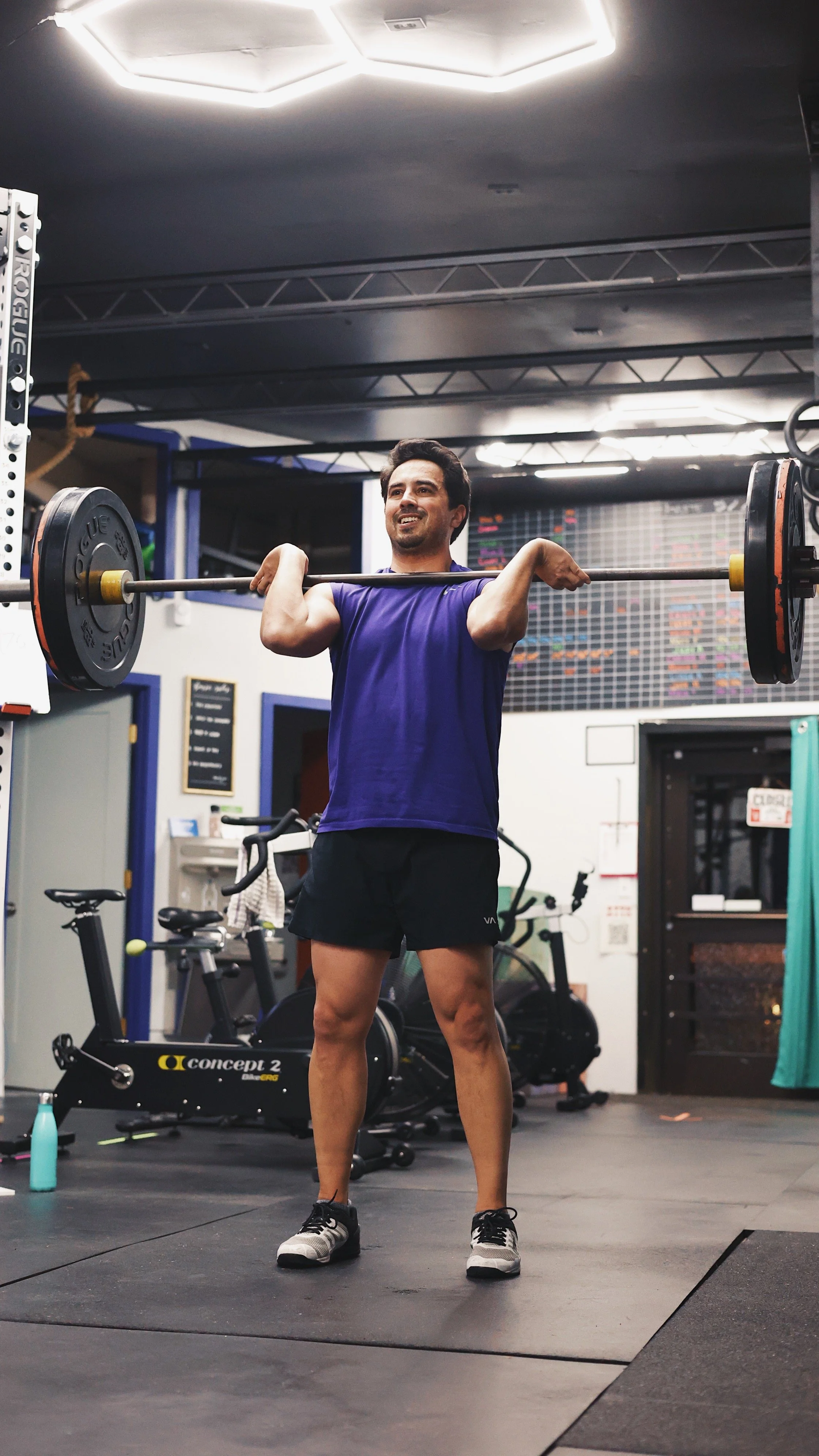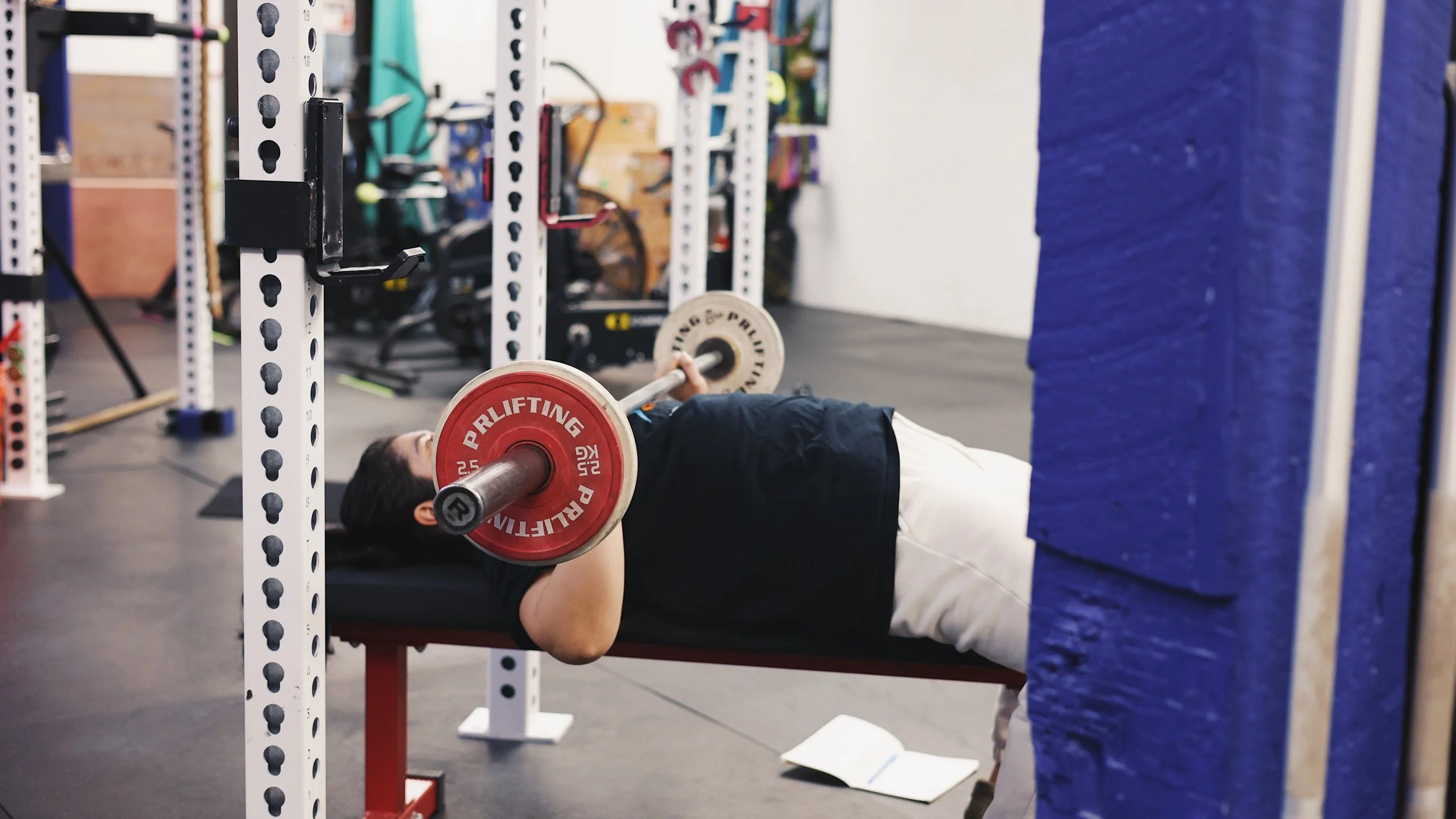True vs Training Max: Why 90% Rules For Longevity
In weightlifting there are two different “maxes” lifters often talk about:
the absolute 1-rep max and the training max
While they sound similar, they serve very different purposes.
The Absolute 1RM (100%)
This is the heaviest load you can possibly lift once, under perfect conditions, with everything clicking—technique, focus, recovery, and a little bit of adrenaline. It’s the number that goes on the competition scoreboard or into your lifetime PR list. But here’s the catch: you can’t live at your absolute max. Testing it too often can lead to burnout, technical breakdowns, overuse, mental blocks, and injury risk.
The Training Max (90%)
Most intelligent programs base percentages off of a training max—about 90% of your true 1RM. For example, if your actual back squat PR is 100kg, your training max would be 90kg. All your percentages (70%, 80%, 85%, etc.) are then calculated from that 90kg number. Why? Because day-to-day lifting isn’t done under “perfect” competition conditions. Sleep, stress, nutrition, and fatigue all make your real-world ceiling fluctuate. Imagine some meanie made you do an E2MOM of 20 weighted lunges the day before- how would your legs feels? Probably not great.
By working from a 90% training max, you build consistency, protect your joints, and leave room to progress without constantly hitting the wall. It’s heavy enough to drive adaptation, but conservative enough to keep you lifting with speed and quality. Don’t want to burn out or break something? Learn to love the 90%. It’s how I’ve kept setting personal records for nearly 20 years of serious weightlifting.
The Bottom Line
Your true 1RM tells you what’s possible. Your training max tells you what’s sustainable.
Chasing the first makes you a competitor. Respecting the second keeps you in the game long enough to matter.


